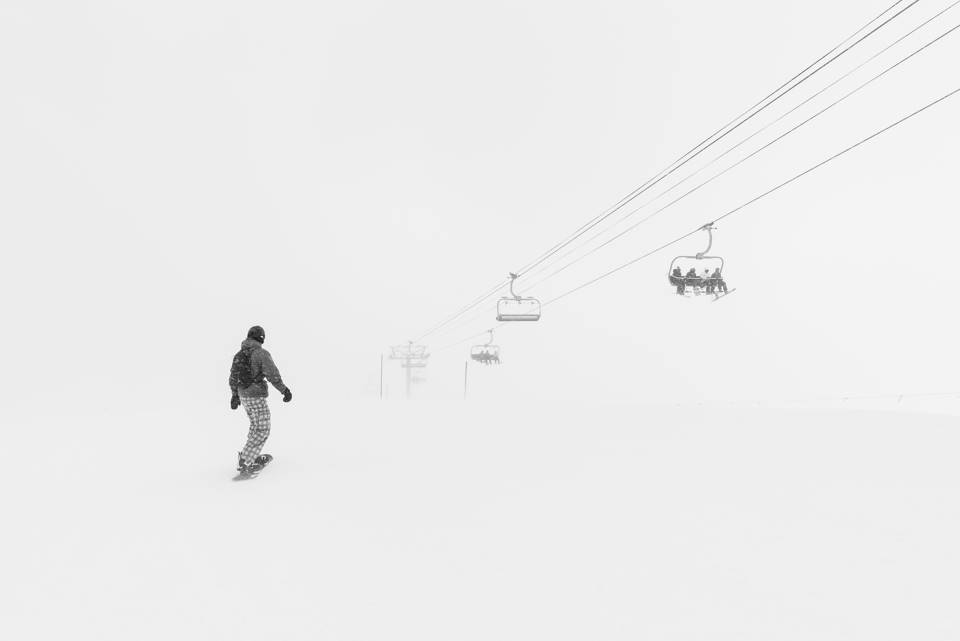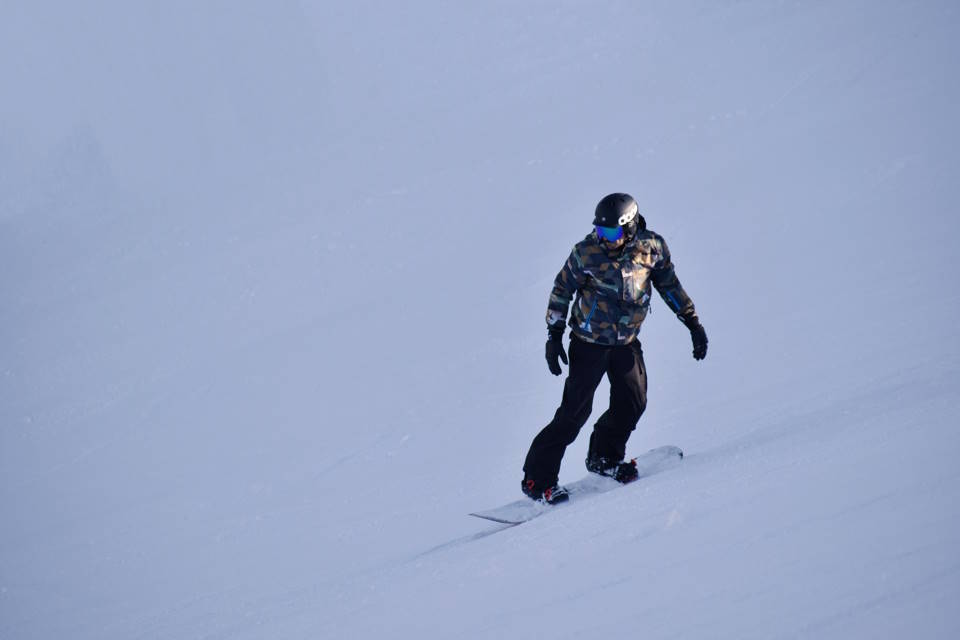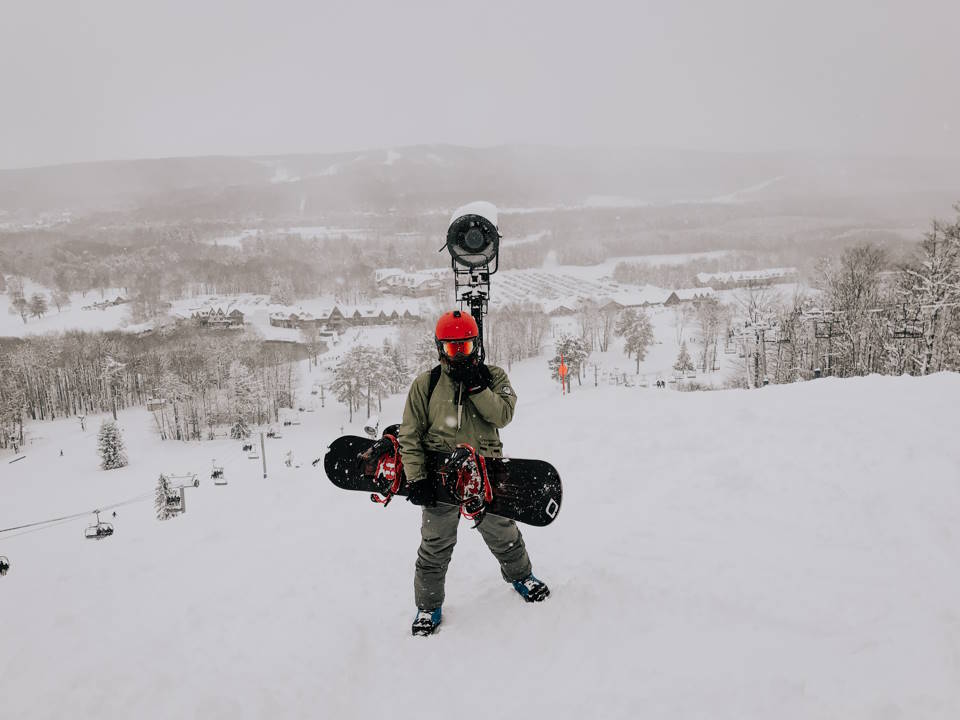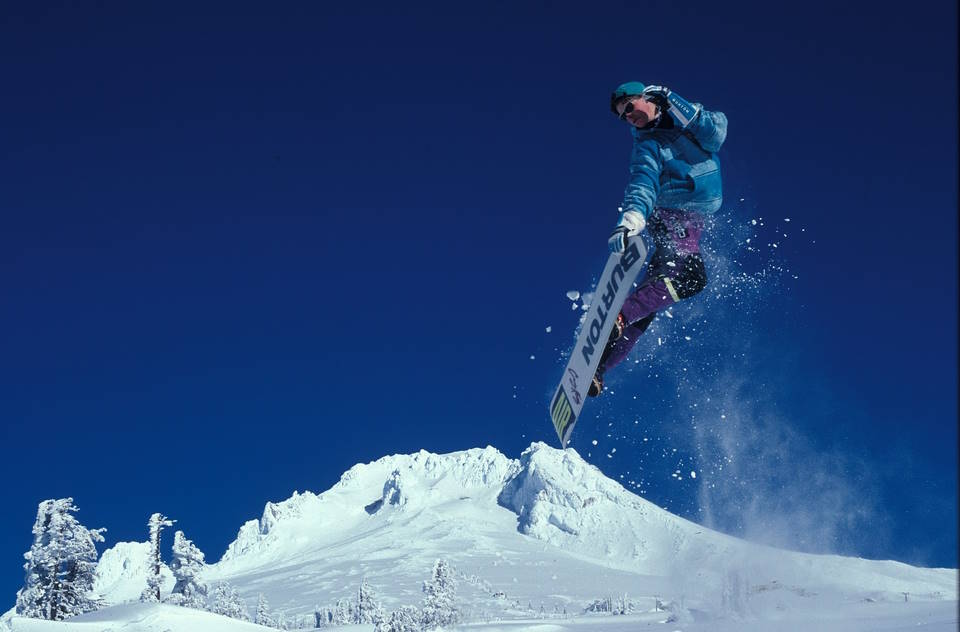Snowboarding is a thrilling and popular winter sport enjoyed by many around the world. However, it also comes with its fair share of risks and dangers. In this blog post, we will explore the safety aspects of snowboarding and address the question, “Is snowboarding safe?” We will delve into the various factors that contribute to the safety of this sport, including understanding the risks involved, the importance of safety equipment and precautions, the role of training and skill development, the impact of weather conditions, as well as relevant statistics and safety measures. Whether you are a seasoned snowboarder or considering taking up the sport for the first time, it’s crucial to be well-informed about the safety aspects of snowboarding to ensure a fun and enjoyable experience on the slopes. Join us as we navigate the world of snowboarding safety and learn how to make informed decisions when hitting the powdery slopes.Discover the essential safety precautions and training needed for handling weather-related risks. Explore statistics and safety measures in this comprehensive guide.
Understanding The Risks

When it comes to any activity, understanding the risks involved is crucial for ensuring safety. Whether it’s driving a car, participating in sports, or working in a hazardous environment, being aware of potential dangers is the first step in preventing accidents and injuries.
By identifying and acknowledging the risks associated with a particular activity, individuals can take the necessary precautions to minimize the likelihood of harm. This may involve using appropriate safety equipment, following established protocols, and undergoing proper training to handle potential hazards.
Furthermore, understanding the risks allows for better decision-making and risk assessment. By being aware of the potential dangers, individuals can make informed choices about their actions and behavior, reducing the likelihood of accidents and improving overall safety.
In many cases, understanding the risks can also lead to the implementation of safety measures and regulations to protect the well-being of those involved. By recognizing the potential hazards, organizations and authorities can work towards creating safer environments and practices for everyone.
Safety Equipment And Precautions

When it comes to safety equipment and precautions in any industry, it is of utmost importance to ensure that workers are adequately protected from potential hazards. This includes wearing appropriate personal protective equipment (PPE) such as hard hats, safety glasses, gloves, and boots to minimize the risk of injury. It is also essential to have clear and visible signage to indicate potential danger zones and emergency exits.
Additionally, proper training and regular safety meetings should be conducted to educate workers on how to use equipment and follow safety protocols. This can greatly reduce the risk of accidents and injuries in the workplace. It is also crucial to have a first aid kit readily available in case of any unexpected incidents.
Furthermore, precautions such as regular equipment maintenance, safety inspections, and hazard assessments should be carried out to identify and address any potential risks. This proactive approach can help prevent accidents and ensure a safe working environment for all employees.
Lastly, it is important to stay updated on safety regulations and standards to ensure compliance with industry guidelines and protocols. Regular inspection and maintenance of safety equipment can help in identifying defective or outdated gear, which should be replaced immediately to maintain a safe environment for all workers.
Training And Skill Development

When it comes to training and skill development in any field, including safety measures, it is essential to prioritize ongoing education and practice. Safety training programs should be comprehensive, covering a wide range of important topics such as hazard recognition, emergency response, and preventive measures.
As a safety professional, staying up-to-date with the latest industry standards and regulations is crucial. This can be achieved through attending workshops, conferences, and online courses. It’s important to constantly seek new knowledge and skills to better understand potential risks and how to mitigate them.
Hands-on experience and practical application are also vital components of skill development. This could include scenario-based training exercises, where individuals are put in simulated hazardous situations to apply their knowledge and practice quick decision-making.
Additionally, ongoing skill development through regular drills and exercises can improve muscle memory, reflexes, and overall preparedness in the event of an emergency. By consistently refining and improving their abilities, safety professionals can effectively navigate and manage challenging situations with confidence and expertise.
Impact Of Weather Conditions

When it comes to outdoor activities, the weather conditions play a crucial role in determining the safety and success of the endeavor. Whether it’s hiking, camping, or any other outdoor adventure, being aware of the weather forecast and understanding its potential impact is essential.
Extreme temperatures, precipitation, and strong winds can pose significant risks to outdoor enthusiasts. High temperatures can lead to heat-related illnesses, while cold temperatures can result in hypothermia. Heavy rain and snow can create slippery and hazardous conditions, making it difficult to navigate trails and paths. Strong winds can also increase the risk of falling trees and branches, posing a threat to individuals.
Being prepared for unexpected weather changes is essential for ensuring safety during outdoor activities. Carrying appropriate clothing, gear, and emergency supplies can significantly mitigate the impact of adverse weather conditions.
Moreover, staying informed about the weather forecast and being aware of early warning systems can help outdoor enthusiasts make informed decisions and take necessary precautions to stay safe.
Statistics And Safety Measures

When it comes to outdoor activities like hiking, camping, or rock climbing, it’s important to be aware of the potential risks involved. Understanding the statistics related to accidents and injuries in these activities can help us take necessary safety measures to minimize the risks.
Safety measures can include using the right equipment such as hiking boots, helmets, and safety harnesses, as well as being aware of the weather conditions and taking necessary precautions.
According to statistics, the most common injuries in outdoor activities are related to slips and falls, animal encounters, and overexertion. By knowing and understanding these statistics, we can take specific safety measures such as wearing appropriate footwear, carrying a first aid kit, and being mindful of our physical limitations.
Moreover, training and skill development are also important aspects of outdoor safety. Proper training can help individuals develop the necessary skills to navigate challenging terrain and handle unexpected situations.




